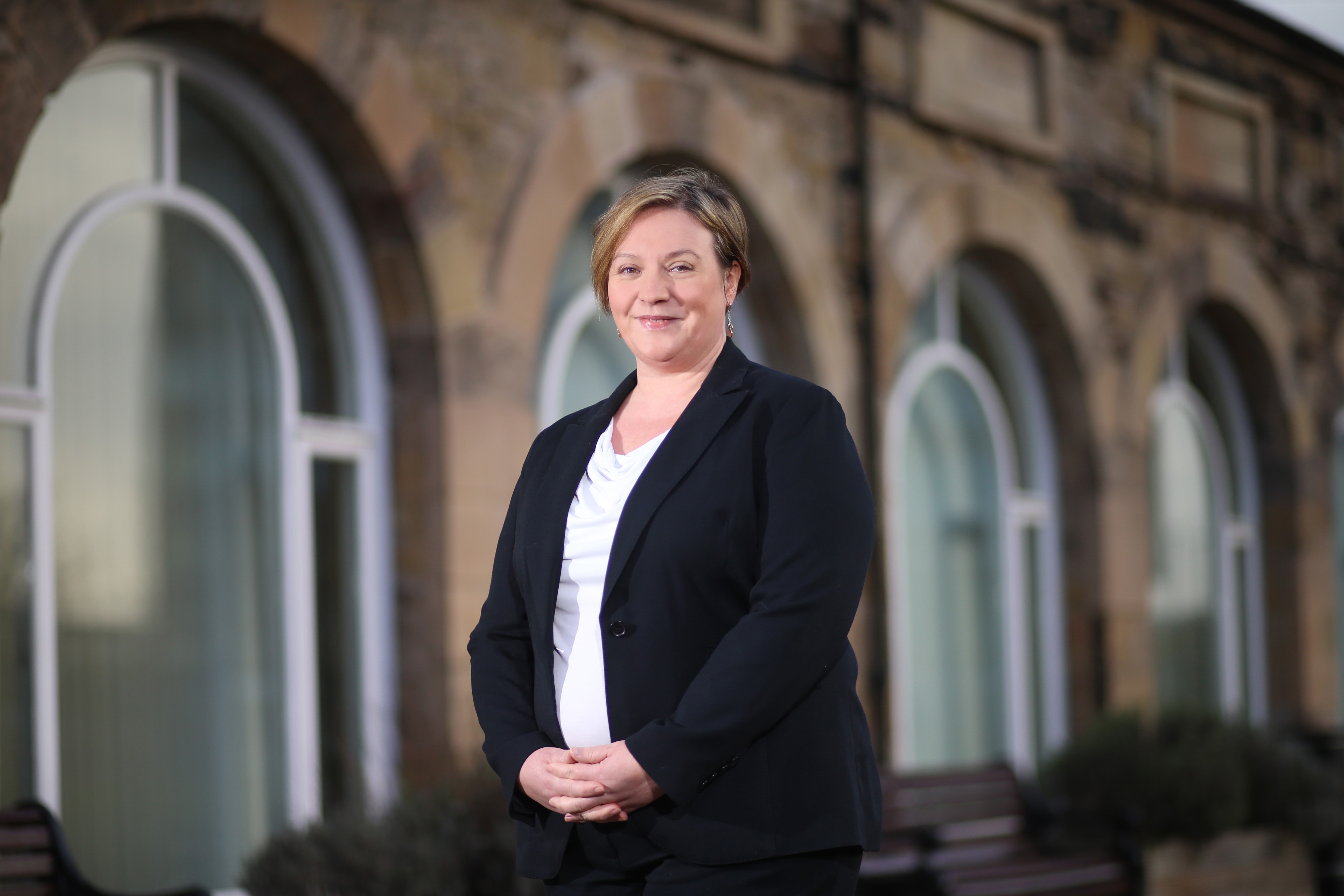Leading accountancy and advisory firm, Baker Tilly Mooney Moore, is reporting a significant increase in demand for investment properties, following the ongoing spike in domestic tourism, as a result of the pandemic.
With NISRA reporting an estimated 2.3 million staycations were taken within Northern Ireland in 2019*, purchasing a second home seems like a sound investment, particularly as domestic tourism will continue to rise as restrictions remain. Angela Keery, the firm’s Tax Director, notes that there are key differences between buying a holiday home and a property to let.
She explains: “it is important to remember that if it is your second home/ residence in the UK, you will be liable to an additional 3% stamp duty surcharge. If you are purchasing a property to let out, you should consider whether you are buying an investment property, or a furnished holiday let and the different tax implications of each.
“A furnished holiday let is seen as a tax efficient investment when compared to an investment property. It is viewed as a business for some tax purposes, as opposed to an investment, as it typically incurs greater commercial risk than an investment property. The difficulty that most people have with the furnished let option is that there is a set period of time that the property has to be let or is available to let, meaning purchasers may not be able to use it as a holiday home for themselves.”
Angela continues: “For your holiday let to qualify as a furnished let, it must be situated in the UK or EEA. You must also have provided sufficient furniture for normal occupation and visitors must be able to use it.
“In addition to this, the property must be commercially let, with a view to making a profit and must be available for letting as furnished holiday accommodation to the public for at least 210 days in the year and this cannot include the days you are staying in it.
“Finally, the property must actually be let for at least 105 days in the year (excluding days that it is rented to friends or family at reduced rates or long lets of more than 31 days).”
The main tax advantage of a furnished holiday let over an investment property is the ability to claim capital gains tax relief for traders, such as business assets disposal relief. This could bring your capital gains tax rate down to 10% upon disposal of the property. Other advantages include reliefs for gift of business assets – if gifting property to children, for example.
Other benefits are that the rental profits count as earnings for pension purposes and owners are entitled to claim capital allowances for items such as furniture, equipment, and fixtures.
Investors who intend to use their property personally at peak times, may be better to opt for an Investment Property, as this type of usage would make the property commercially unviable to let as a furnished holiday let.
In this case, the rental income would be viewed as investment income, and the property as an investment, as opposed to a business, for the purpose of Capital Gains Tax reliefs.
Angela adds: “If you have or are about to purchase a holiday let, we recommend that you document the number of days that the property is available to let, is actually let, to whom it is let to and for how long, so that together we can work out whether or not it will qualify as a furnished holiday let and the beneficial tax treatment.”
“It is also important to remember when selling a holiday home or buy to let that any gain made on the sale of the house, minus any costs that you incurred whilst improving the property, along with any stamp duty and professional costs you incurred buying and selling the property, will be subject to capital gains tax.”
For expert advice on your own property or planned property purchase schedule a chat with a Baker Tilly Mooney Moore expert.



